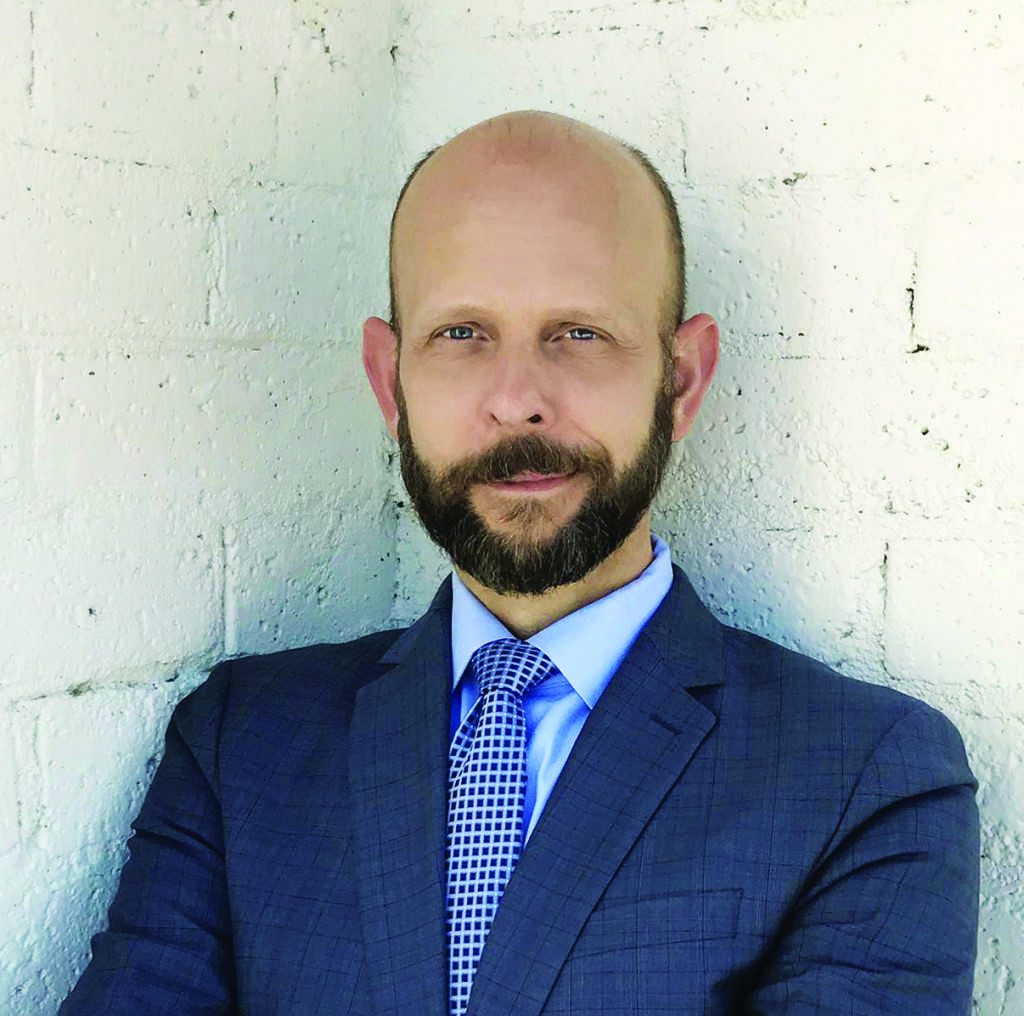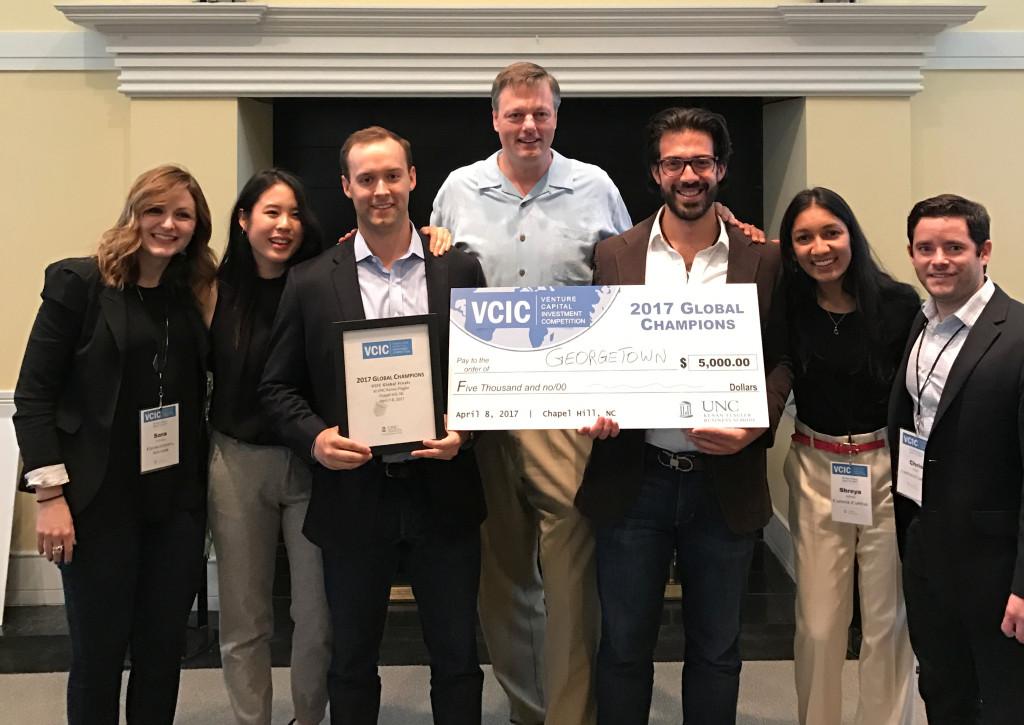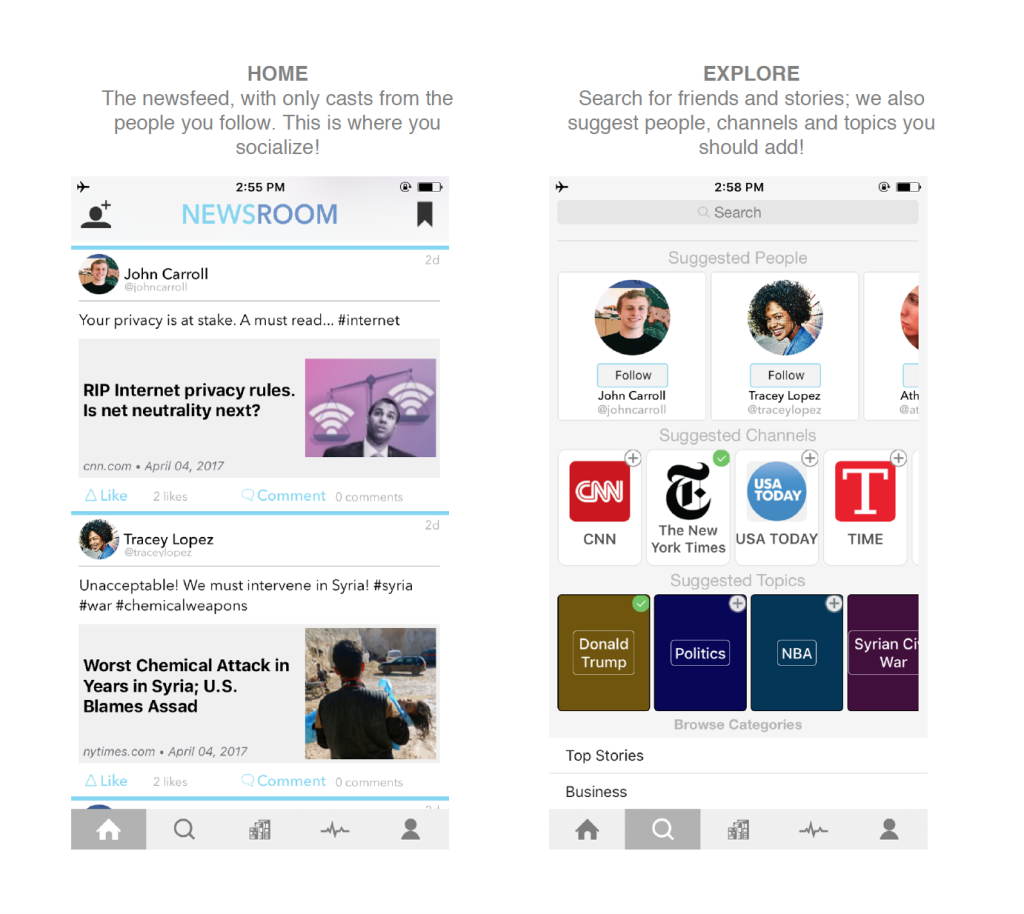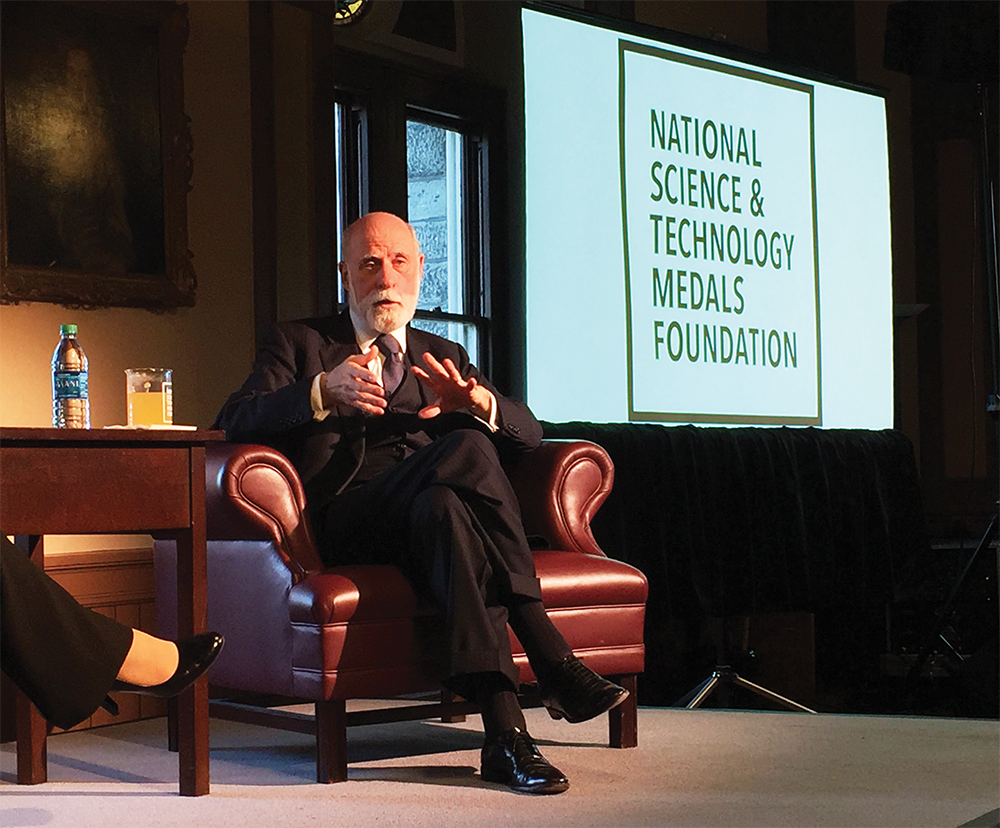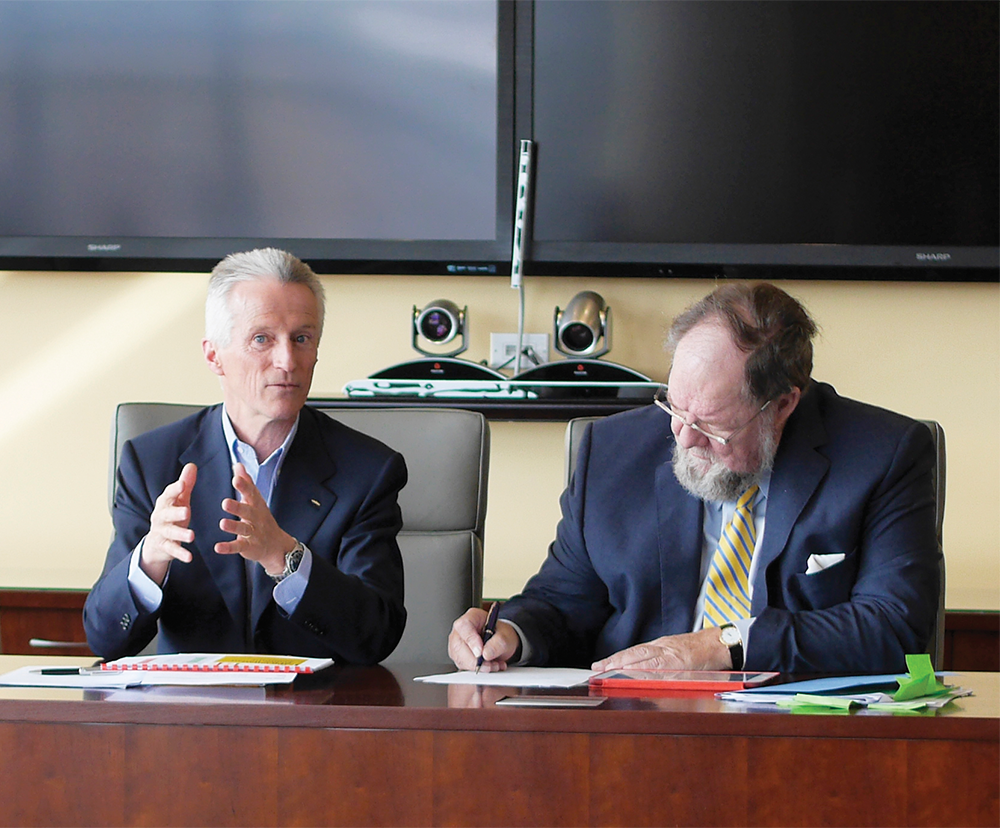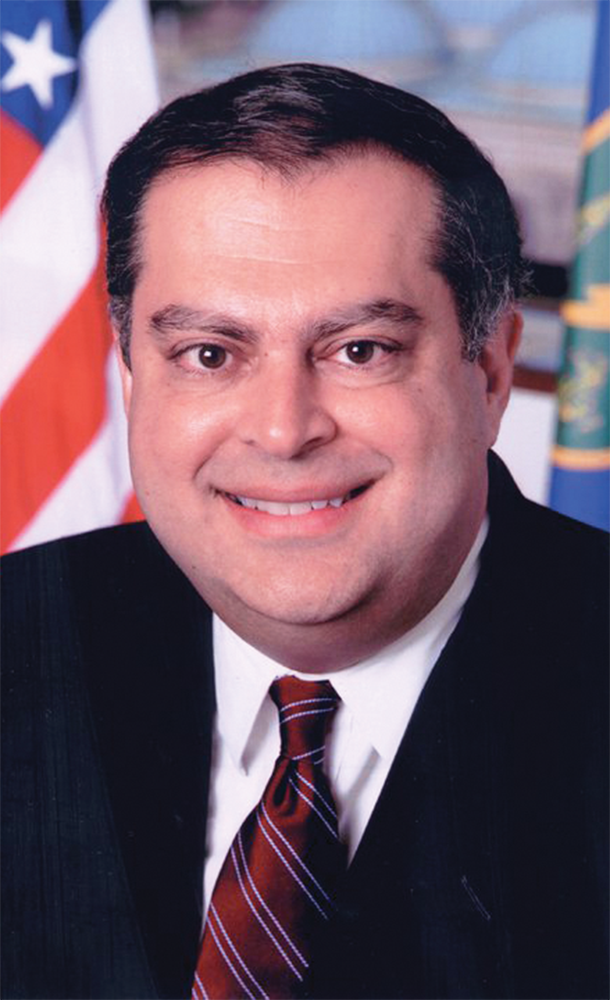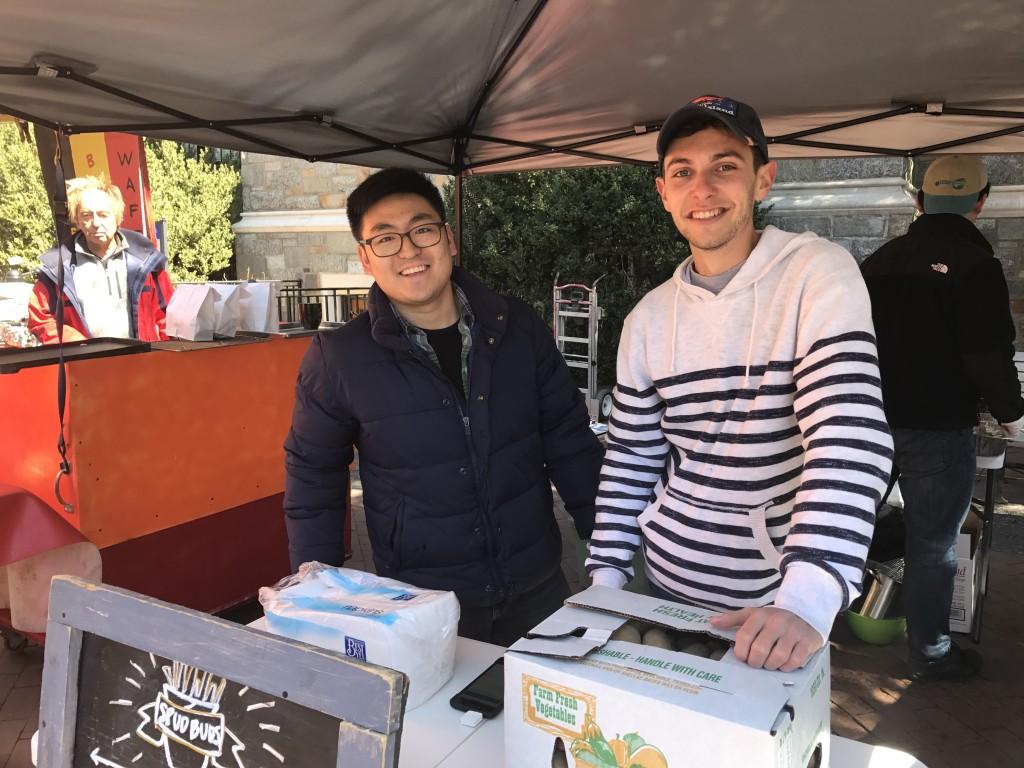The Arlington County Board decided to contribute $35,000 last week to a study that will test the feasibility of building a gondola between Rosslyn, Va., and Georgetown in order to reduce traffic on Key Bridge.
Organized by a neighborhood group, Georgetown 2028, the possible implementation of a gondola over the Potomac is a part of a 15-year plan for Georgetown. According to The Washington Post, other funding for the study has come from Georgetown University, the District government, the JBG Companies and both Georgetown and Rosslyn businesses. The Washington Post reported that Georgetown University will contribute $25,000 toward the study. Money raised since the gondola was proposed one year ago will go toward hiring a contractor to assess the costs, design and impacts of the gondola.
Transportation Director of the Georgetown Business Improvement District Will Handsfield said the cable transport system would create economic development opportunities for both Rosslyn and Georgetown and decrease commuting time for residents.
Handsfield explained that the gondola would allow the Rosslyn and Georgetown communities to interact, allowing for new economic opportunities in the Washington metropolitan area.
“[The gondola] … connects two dense, mixed-use communities,” Handsfield said.
Handsfield emphasized that Georgetown residents would have improved access to the Rosslyn Metro, rather than having to walk to Foggy Bottom or across Key Bridge to access Metro stops.
The gondola would run as a transit system with similar hours and fares to those of the Washington, D.C., area Metro. Handsfield said the gondola would improve travel reliability, make travel quicker in the District and add a unique transit system to Georgetown.
“It would be transformative,” Handsfield said.
According to Handsfield, the gondola could be implemented in as soon as 18 months to two years following approval. At a cost of $40 to $80 million, the gondola would be able to move 7,000 people per hour.
Handsfield added that a gondola is a better option for Georgetown than a Metro stop.
“It’s apples and oranges. A Metro would be great, but the alignment discussed in the Metro 2040 plan would cost more than $3.5 billion to implement, which is a very challenging sum to raise in today’s funding environment,” Handsfield said.
Nancy Aburto (SFS ’18) likes the idea of implementing a new gondola, but thinks the money might be put to better use elsewhere, like a different form of public transportation.
“I think it would be good to have a more direct route from Georgetown to Rosslyn, except the only thing I would consider would be it’s probably going to be super expensive so it might be better to allocate those funds to more efficient buses or to some other more rapid form of transport,” Aburto said.
As she rarely goes to Rosslyn, Aburto said the addition of a gondola would not change her day-to-day life very much.
“The only times [it would be useful] would be a couple of times a semester when I’m trying to get to the airport,” Aburto said.
Aburto said that because the Georgetown area is so full of things to do, Georgetown students would not really feel the need to go to Rosslyn, even if it were easier to do so.
“The Georgetown area has so many restaurants and stores and resources, Georgetown students really don’t have to go [to Rosslyn] for basic things unless they have a job over there,” she said.
Lydia Bubniak (SFS ’18), a native of Virginia, said she liked the idea of building a gondola since it would make commuting easier for D.C. residents.
“There’s a lot of traffic on Key Bridge for commuters, who don’t just need to get from Rosslyn to Georgetown, but need to go to some other very specific place, so they need to use Key Bridge,” Bubniak said. “There are a lot of cars and buses that just need to get over the river, so if it could reduce traffic on key bridge that would be really great.”
Bubniak also said that anything that makes it easier to get to the Rosslyn metro from Georgetown would benefit Virginia residents and would encourage them to visit Georgetown.
“I think maybe my friends and I who live in the area would be encouraged to go to Georgetown during the summer for shopping a little more often,” she said.
Bubniak said that if the gondola were accessible from Georgetown, Georgetown students could explore D.C. more easily, as well as its suburbs, like Old Town Alexandria.
“If it did work, it could effectively eliminate the need for the [Georgetown University Transportation Shuttle] bus from Georgetown University to Rosslyn,” Bubniak said. “If you wanted to go to Old Town Alexandria, it takes about 45 minutes, but nearly half of that is just getting over from Georgetown to Rosslyn, and that’s somewhere that not a lot of Georgetown students have gone to, they don’t know about it … I think they would be more likely to pursue internships or just do things throughout the city rather than be in a bubble.”
Although Bubniak expressed support for a new Metro station in Georgetown, she acknowledged that a gondola might be a better fit for the neighborhood.
“I think if the gondola really worked…I don’t think we would need a metro station, because part of what people like Georgetown for is that it feels older than the rest of D.C.,” she said.
According to The Washington Post, the study is expected to take 10 months.


